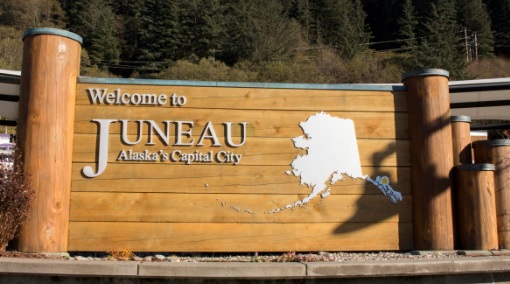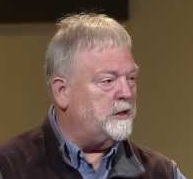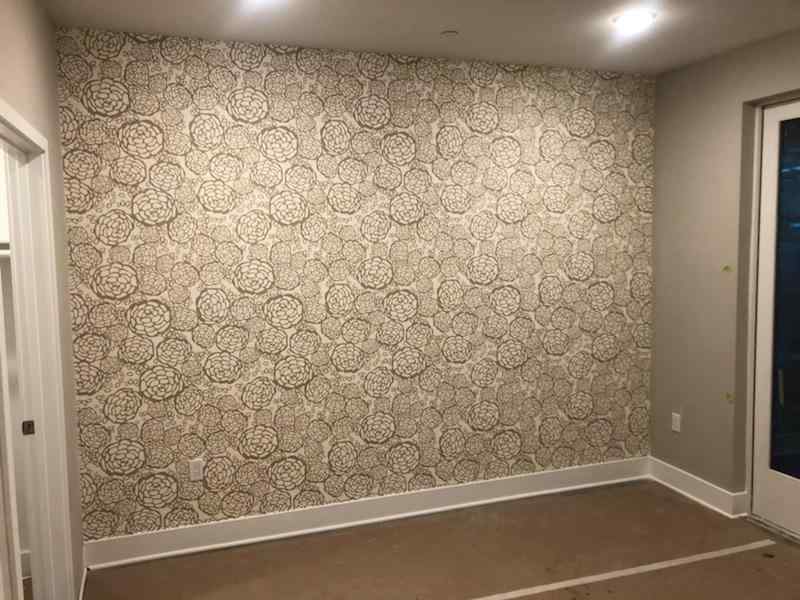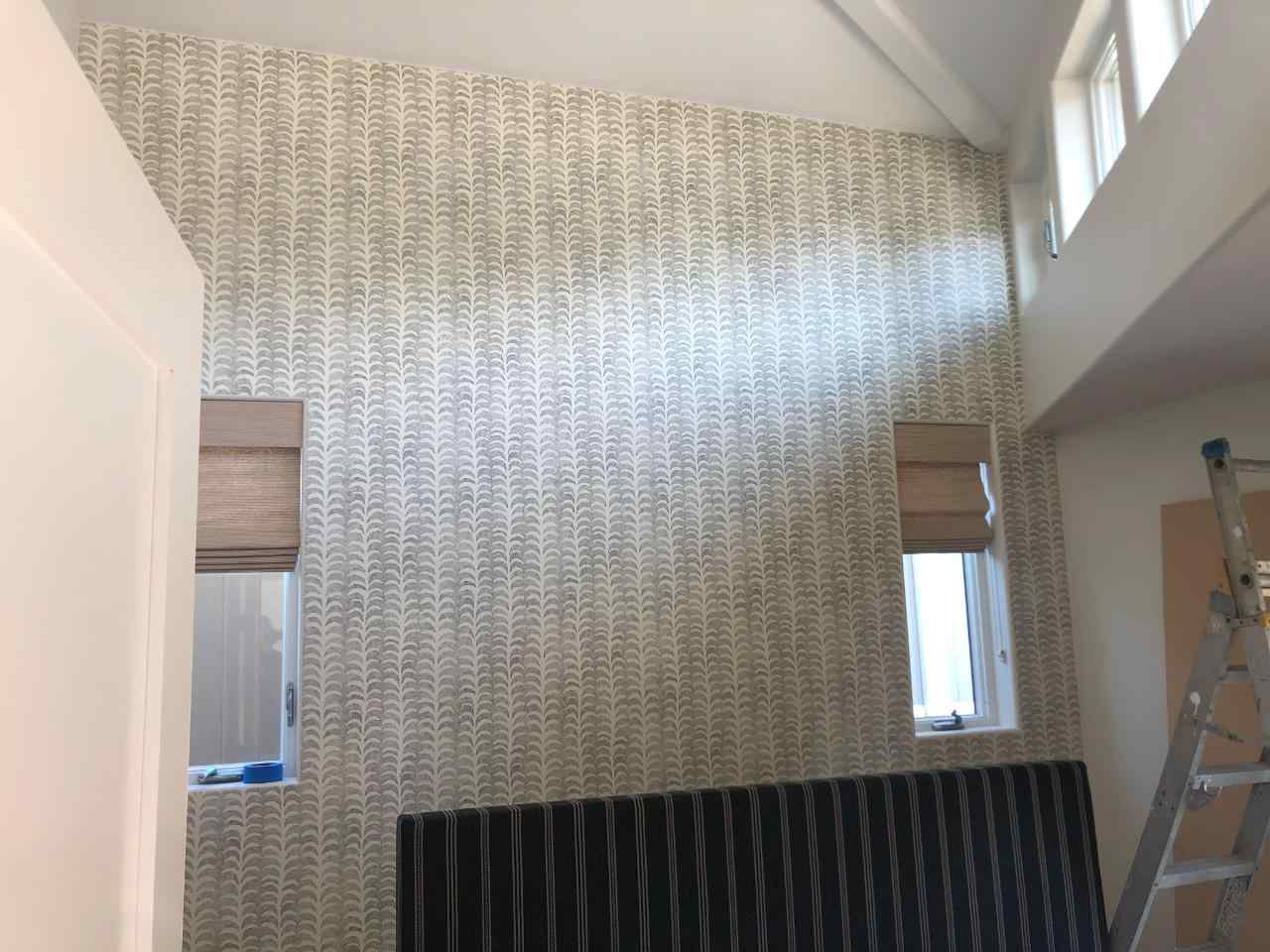Juneau Alaska Wallpaper Store Near Me
Juneau Alaska History & Facts
The City and Borough of Juneau, more commonly known simply as Juneau, is the capital city of the state of Alaska. Located in the Gastineau Channel and the Alaskan panhandle, it is a unified municipality and the second-largest city in the United States by area. Juneau was named the capital of Alaska in 1906, when the government of what was then the District of Alaska was moved from Sitka as dictated by the U.S. Congress in 1900. The municipality unified on July 1, 1970, when the city of Juneau merged with the city of Douglas and the surrounding Greater Juneau Borough to form the current municipality, which is larger by area than both Rhode Island and Delaware.
Downtown Juneau (58°18′00″N 134°24′58″W) is nestled at the base of Mount Juneau and across the channel from Douglas Island. As of the 2020 census, the City and Borough had a population of 32,255, making it the third-most populous city in Alaska after Anchorage and Fairbanks. Juneau experiences a daily influx of roughly 6,000 people from visiting cruise ships between the months of May and September.

The city is named after a gold prospector from Quebec, Joe Juneau, though the place was once called Rockwell and then Harrisburg (after Juneau's co-prospector, Richard Harris). The Tlingit name of the town is Dzántik'i Héeni ("Base of the Flounder's River," dzánti 'flounder,' –kʼi 'base,' héen 'river'), and Auke Bay just north of Juneau proper is called Áak'w ("Little lake," áa 'lake,' -kʼ 'diminutive') in Tlingit. The Taku River, just south of Juneau, was named after the cold t'aakh wind, which occasionally blows down from the mountains.
Juneau is unique among the 49 U.S. capitals on mainland North America in that there are no roads connecting the city to the rest of the state nor North America. Honolulu, Hawaii, is the only other state capital not connected by road to the rest of North America. The absence of a road network is due to the extremely rugged terrain surrounding the city. This in turn makes Juneau a de facto island city in terms of transportation, since all goods coming in and out must go by plane or boat, in spite of the city's location on the Alaskan mainland. Downtown Juneau sits at sea level, with tides averaging 16 feet (5 m), below steep mountains about 3,500 to 4,000 feet (1,100 to 1,200 m) high. Atop these mountains is the Juneau Icefield, a large ice mass from which about 30 glaciers flow; two of these, the Mendenhall Glacier and the Lemon Creek Glacier, are visible from the local road system. The Mendenhall glacier has been gradually retreating; its front face is declining in width and height.
The Alaska State Capitol in downtown Juneau was built as the Federal and Territorial Building in 1931. Prior to statehood, it housed federal government offices, the federal courthouse and a post office. It also housed the territorial legislature and many other territorial offices, including that of the governor. Today, Juneau remains the home of the state legislature and the offices of the governor and lieutenant governor. Some other executive branch offices have moved elsewhere in the state
Long before European settlement in the Americas, the Gastineau Channel was a fishing ground for the Auke (A'akw Kwáan) and Taku tribes, who had inhabited the surrounding area for thousands of years. The A'akw Kwáan had a village and burying ground here. In the 21st century it is known as Indian Point. They annually harvested herring during the spawning season.
Since the late 20th century, the A'akw Kwáan, together with the Sealaska Heritage Institute, have resisted European-American development of Indian Point, including proposals by the National Park Service and the National Oceanic and Atmospheric Administration (NOAA). They consider it sacred territory, both because of the burying ground and the importance of the point in their traditions of gathering sustenance from the sea. They continue to gather clams, gumboot chitons, grass and sea urchins there, as well as tree bark for medicinal uses. The city and state supported Sealaska Heritage Institute in documenting the 78 acres (32 ha) site, and, in August 2016, it was listed on the National Register of Historic Places. "It is the first traditional cultural property in Southeast Alaska to be placed on the register."
Descendants of these indigenous cultures include the Tlingit people. Native cultures have rich artistic traditions expressed in carving, weaving, orating, singing, and dancing. Juneau has become a major social center for the Tlingit, Haida, and Tsimshian of Southeast Alaska.
According to the United States Census Bureau, the borough has an area of 3,255 square miles (8,430 km2), making it the third-largest municipality in the United States by area (the largest is Yakutat City and Borough, Alaska).[dubious – discuss] 2,716.7 square miles (7,036 km2) of it is land and 538.3 square miles (1,394 km2) of it (16.54%) is water.
Central (downtown) Juneau is at 58°18′00″N 134°24′58″W. The City and Borough of Juneau includes Douglas Island, a tidal island to the west of mainland Juneau. Douglas Island can be reached via the Juneau-Douglas Bridge.
As is the case throughout Southeast Alaska, the Juneau area is susceptible to damage caused by natural disasters. The 2014 Palma Bay earthquake caused widespread outages to telecommunications in the area due to damage to a fiber optic cable serving the area. In April 2008, a series of massive avalanches outside Juneau heavily damaged the electrical lines providing Juneau with power, knocking the hydroelectric system offline and forcing the utility to switch to a much more expensive diesel system.
Famous Peoples From Juneau Alaska
Bruce M. Botelho

Bruce M. Botelho (born October 6, 1948) is an American attorney and politician in the U.S. state of Alaska. He served as the mayor of Juneau from 1988 to 1991 and from 2003 to 2012. Born and raised in Juneau, where his father was a top official of the Alaska Highway Patrol, Botelho has pursued concurrent careers in law and politics, largely with success. He also previously served a term as mayor from 1988 to 1991, defeating former Alaska Secretary of State Robert W. Ward in the election. He spent most of his professional career as an employee of the Alaska Department of Law. He rose to the top position in the department in 1994, when Governor Walter Hickel appointed him to be the Alaska Attorney General. Retained by Hickel's successor, Tony Knowles, Botelho served as Attorney General for nearly nine years before retiring from state service.
We also serve Fairbanks city.
Contact Us
PD&G Wallcover Inc.
Call Us: 949-487-9261
Email: deb@pdgwallcover.com
Commercial Wallcovering & Installation

Commercial Wallcovering is not simply creating pleasing aesthetics. Paint also provides a protective finish...
Residential Wallcovering & Installation

We offer proffessional wallpapering services for residential homes. Deb is available to help you purchase...
Why Us
✓ Dependable services
✓ 25 + years Experience
✓ FREE wallcovering consultations
✓ Free estimates
✓ Extremely Professional
✓ Friendly customer service
✓ Competitive Pricing
✓ Most reliable
✓ Wallpaper Simulator
Contact Us
PD&G Wallcover Inc.
Call Us: 949-487-9261
Email: deb@pdgwallcover.com
Why Us
- Dependable services
- 25 + years Experience
- FREE wallcovering consultations
- Free estimates
- Extremely Professional
- Friendly customer service
- Competitive Pricing
- Most reliable
- Wallpaper Simulator
Contact Us
PD&G Wallcover Inc.
Call Us: 949-487-9261
Email: deb@pdgwallcover.com







